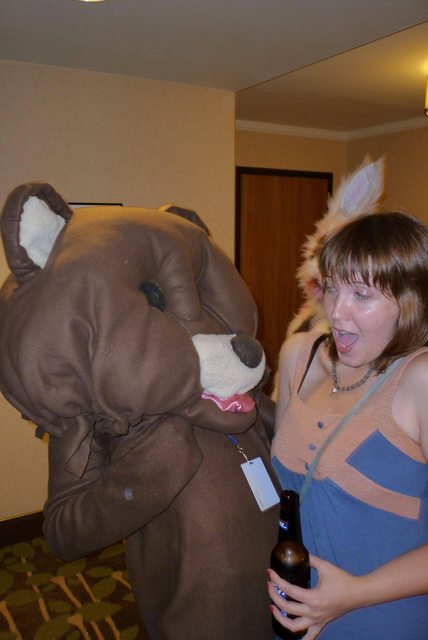spinningmagnets said:
Great suggestion, Luke, and also great pics.
I think the DIY motor thread will result in design guides that allow the garage builder to make a motor just the size he wants, with the features he wants too. Axel did a great job producing a one-phase motor building guide, and is working on a scaleable 3-phase motor prototype and guide.
On the thread talking about opto sensors (instead of using halls) there was a pic of a TidalForce hub showing the white/black stripes that triggered the reflected light sensor, but the other thing that caught my eye is the routing for the power wires. The axle is solid, and it has a fat bushing between the axle and sideplate bearing. The bushing (not expensive or hard to make) allows fat power wires, and enough of them for delta/wye switching.
Has anyone tried running two very fat leads out the hollow axle, and then using the axle itself as the third lead? I have no idea if it would work, just a thought...
That was my original plan. Mentioned earlier in the thread, the bearing recess in the side cover didn't have enough meat in it to open it up further and stuff a bigger bearing inside. I could have stepped up 1 size of ID on the bearing and made a custom bushing, but it wouldn't have much more area than the center of the axle hole with the limited ability to increase the ID of the bearing without increaseing the OD.
These options are of course possible, and you could make a custom side plate for the motor and put a huge bearing in there and run as large of phase wires and water cooling lines or whatever the heck you wanted to run through there.
However, this took about 45mins of time, about $3 in materials, and it's got phase leads that will stay as cool as can be and handle all the current they will need, so it's mission accomplished IMO.

Not everything needs to get complex and expensive with custom machined bits to make it work.





